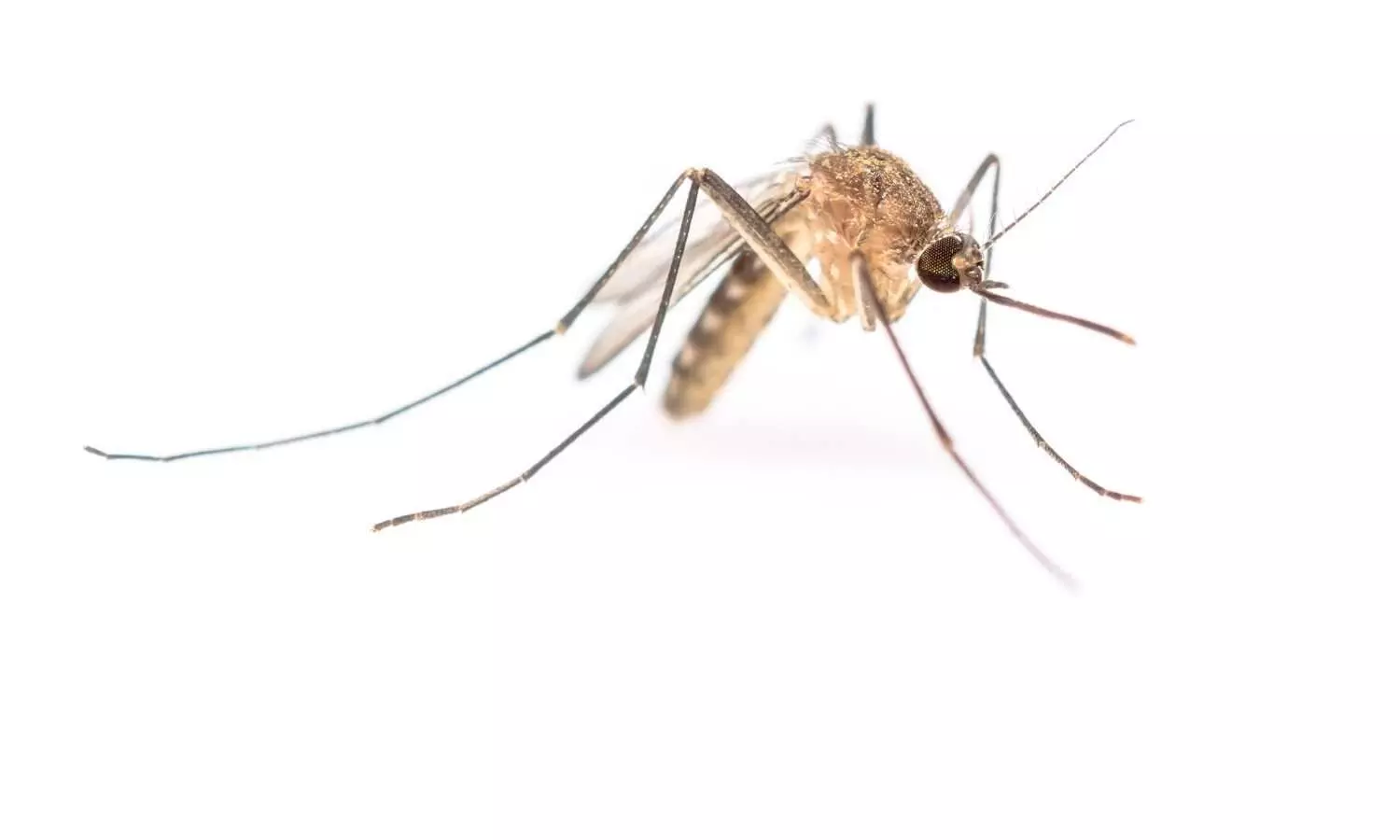WHO Unveils Guidelines for Mosquito-Borne Disease Management

New Delhi: The World Health Organization (WHO) has released its first-ever clinical guidelines for managing patients with suspected or confirmed arboviral infections, including dengue, chikungunya, Zika, and yellow fever. This marks a significant move to support healthcare providers worldwide in delivering standardized, evidence-based care for these increasingly common viral diseases.
The new guidelines come amid rising global concern over arboviruses, which now pose a public health threat to over 5.6 billion people. Once mainly confined to tropical and subtropical areas, the Aedes mosquitoes that transmit these diseases are now appearing in new regions. According to WHO, this shift is driven by factors such as climate change, rapid urbanization, population growth, and increased international travel all of which raise the risk of outbreaks in previously unaffected areas.
Diagnosing arboviral diseases can be difficult, especially in regions where more than one virus may be circulating simultaneously and access to diagnostic tests is limited. “Diagnosing these diseases can be challenging as their symptoms often overlap and resemble other febrile illnesses,” the WHO said. “In addition, in some regions, multiple arboviruses may circulate at the same time, making clinical diagnosis even more challenging, especially where testing is limited.”
The guidelines aim to equip healthcare providers with updated, evidence-based practices to manage these infections effectively. “Clinicians need to recognize these diseases and treat patients according to the latest, evidence-based guidance,” WHO added.
The document includes recommendations for treating both mild and severe cases of arboviral illnesses. It offers detailed instructions on clinical care at all levels of the health system, from community-based settings and primary care centers to emergency departments and hospital wards.
Specific treatment approaches are outlined, including fluid management strategies and measurements to guide fluid administration. It also contains advice on the use of adjunctive therapies for managing patients with yellow fever.
Beyond clinical care, WHO emphasized the broader role of the guideline. “The guideline will also serve as a reference source for policymakers, health managers, and health facility administrators to support the development of national, regional, and local guidelines for epidemic and pandemic preparedness,” the organisation stated.
The WHO’s new guideline marks a significant step in the global effort to standardize and improve care for patients affected by arboviral infections.


